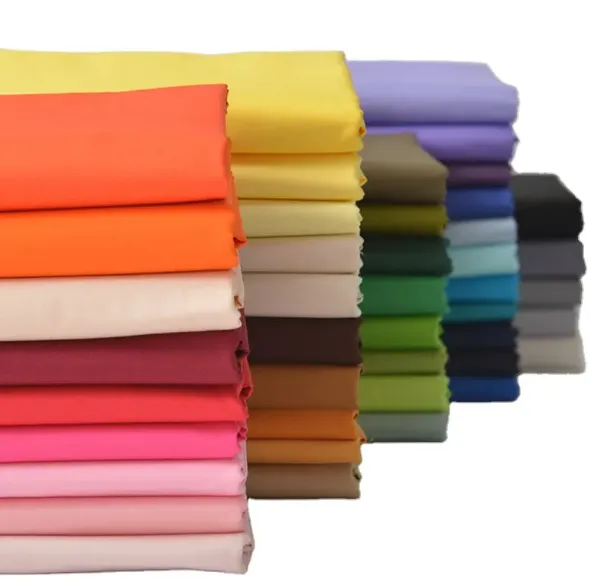
- Afrikaans
- Albanian
- Amharic
- Arabic
- Armenian
- Azerbaijani
- Basque
- Belarusian
- Bengali
- Bosnian
- Bulgarian
- Catalan
- Cebuano
- Corsican
- Croatian
- Czech
- Danish
- Dutch
- English
- Esperanto
- Estonian
- Finnish
- French
- Frisian
- Galician
- Georgian
- German
- Greek
- Gujarati
- haitian_creole
- hausa
- hawaiian
- Hebrew
- Hindi
- Miao
- Hungarian
- Icelandic
- igbo
- Indonesian
- irish
- Italian
- Japanese
- Javanese
- Kannada
- kazakh
- Khmer
- Rwandese
- Korean
- Kurdish
- Kyrgyz
- Lao
- Latin
- Latvian
- Lithuanian
- Luxembourgish
- Macedonian
- Malgashi
- Malay
- Malayalam
- Maltese
- Maori
- Marathi
- Mongolian
- Myanmar
- Nepali
- Norwegian
- Norwegian
- Occitan
- Pashto
- Persian
- Polish
- Portuguese
- Punjabi
- Romanian
- Russian
- Samoan
- scottish-gaelic
- Serbian
- Sesotho
- Shona
- Sindhi
- Sinhala
- Slovak
- Slovenian
- Somali
- Spanish
- Sundanese
- Swahili
- Swedish
- Tagalog
- Tajik
- Tamil
- Tatar
- Telugu
- Thai
- Turkish
- Turkmen
- Ukrainian
- Urdu
- Uighur
- Uzbek
- Vietnamese
- Welsh
- Bantu
- Yiddish
- Yoruba
- Zulu
Jan . 20, 2025 14:25
Back to list
Cvc Printed Flannel Fabric 120gsm For Iraq Market.
Fire retardant fabric plays a critical role in various industries, offering enhanced safety and protection. It's an indispensable material for professionals who deal with high-risk environments such as firefighters, electricians, and industrial workers. Understanding the nuances of fire retardant fabrics can significantly benefit businesses and industries, ensuring they provide the safest possible environments for their employees and customers.
Trustworthiness in fire retardant fabric is not just about the manufacturer's claims but also involves third-party testing and certification. Independent laboratories assess these fabrics under controlled conditions to provide unbiased evaluations of their fire resistance and safety features. Such testing ensures that claims made by manufacturers are legitimate and that the fabrics can perform as expected under high-stress conditions. This independent verification bolsters trust among consumers, as they can be confident that the protective gear they are investing in will perform reliably. When selecting fire retardant fabric, it’s essential to consider the specific requirements of your industry or application. Different settings demand different levels of protection; for example, a chemical plant might require fabrics with additional resistance to chemical splashes, while an electric utility worker may need protection against electric arcs. Understanding these unique demands and aligning them with the fabric's specifications ensures optimal safety and compliance with occupational safety standards. Furthermore, maintenance and care of fire retardant fabrics are crucial for sustaining their protective qualities over time. Proper washing, handling, and storage are key factors that impact their longevity. Failure to follow recommended maintenance practices can compromise the fabric's fire-retardant properties, thus reducing their effectiveness and the safety they provide. Manufacturers often offer detailed guidelines on how to care for these fabrics, and adhering to these guidelines ensures that the materials continue to provide optimal protection throughout their lifespan. In conclusion, fire retardant fabrics are fundamental in safeguarding lives and property in high-risk environments. Through proven experience, specialized expertise, adherence to authoritative standards, and verified trustworthiness, these fabrics continue to offer unparalleled protection and peace of mind. Selecting the right fabric tailored to specific needs, along with proper upkeep, ensures ongoing safety and compliance, making fire retardant fabrics an essential investment in any risk-conscious industry.


Trustworthiness in fire retardant fabric is not just about the manufacturer's claims but also involves third-party testing and certification. Independent laboratories assess these fabrics under controlled conditions to provide unbiased evaluations of their fire resistance and safety features. Such testing ensures that claims made by manufacturers are legitimate and that the fabrics can perform as expected under high-stress conditions. This independent verification bolsters trust among consumers, as they can be confident that the protective gear they are investing in will perform reliably. When selecting fire retardant fabric, it’s essential to consider the specific requirements of your industry or application. Different settings demand different levels of protection; for example, a chemical plant might require fabrics with additional resistance to chemical splashes, while an electric utility worker may need protection against electric arcs. Understanding these unique demands and aligning them with the fabric's specifications ensures optimal safety and compliance with occupational safety standards. Furthermore, maintenance and care of fire retardant fabrics are crucial for sustaining their protective qualities over time. Proper washing, handling, and storage are key factors that impact their longevity. Failure to follow recommended maintenance practices can compromise the fabric's fire-retardant properties, thus reducing their effectiveness and the safety they provide. Manufacturers often offer detailed guidelines on how to care for these fabrics, and adhering to these guidelines ensures that the materials continue to provide optimal protection throughout their lifespan. In conclusion, fire retardant fabrics are fundamental in safeguarding lives and property in high-risk environments. Through proven experience, specialized expertise, adherence to authoritative standards, and verified trustworthiness, these fabrics continue to offer unparalleled protection and peace of mind. Selecting the right fabric tailored to specific needs, along with proper upkeep, ensures ongoing safety and compliance, making fire retardant fabrics an essential investment in any risk-conscious industry.
Next:
Latest news
-
The Versatility and Elegance of White Cotton Poplin FabricNewsJun.23,2025
-
The Luxurious Comfort of Carded CottonNewsJun.23,2025
-
Explore the Luxurious Comfort of Cotton Flannel ClothNewsJun.23,2025
-
Discover the Versatility of Cotton Poplin ClothNewsJun.23,2025
-
Bleach Cotton FabricNewsJun.23,2025
-
100 Cotton BlendNewsJun.23,2025
-
Versatile Elegance with Poplin Fabric for SaleNewsMay.15,2025
